Will the virtual home button of the Galaxy S8 burn in the AMOLED display? Nope! Here's how Samsung prevents that

AMOLED screens are great for a few reasons — the true blacks, the eye-popping colors, the energy-saving opportunities, brightness, and more. But they are not without their downsides and a big one, which is not yet fully solved, is the so-called burn-in.
An AMOLED display is comprised of millions of individual organic light-emitting diodes that make up its pixels. Having one OLED glow in a bright color for a period of time may cause it to decay. So, if you have a single still picture on your display for a long time, the OLEDs around its contours might start glowing differently than the rest of the screen's pixels, so a “ghost” the image you were watching becomes permanently ingrained into the screen. A similar thing used to happen to old plasma TVs, remember?
When Samsung first introduced its Always On Display feature on the Galaxy S7, the company said that the clocks and notifications shown on the sleeping screen will always change their place, so that it avoids the infamous AMOLED burn-in. However, with the Galaxy S8, we get another virtual component that is always present — the virtual home button.
As you most probably already know, Sammy's virtual home button is an ever-present, wireframe-stylized, white square icon in the bottom center of the screen. It is visible even when your phone is asleep, letting you "press" it to wake the device up. Surely, the fact that it sits in that one spot may introduce some burn-in dangers for the beautiful display? Well, no, it doesn't.
The home button actually does move around — just like the widgets on the Always On screen — but it only travels a very small distance. The folks over at GalaxyClub.nl stuck some scotch tape over their Galaxy S8's screen and managed to observe and capture the home button's movement, as it periodically gets its place shifted by ever so little, turning off the pixels it has been using thus far and lighting up a fresh group that has had its rest. We tried it over here at the office and, sure enough, it does move, but only when the device is off. When we are working with the Galaxy S8, the navbar is positively static, with no buttons moving around at all. Though, that usually is of no concern as working with the phone provides enough dynamic movement for the pixels as to avoid burn-in.
source: Galaxy Club (translate) via Ubergizmo
As you most probably already know, Sammy's virtual home button is an ever-present, wireframe-stylized, white square icon in the bottom center of the screen. It is visible even when your phone is asleep, letting you "press" it to wake the device up. Surely, the fact that it sits in that one spot may introduce some burn-in dangers for the beautiful display? Well, no, it doesn't.
source: Galaxy Club (translate) via Ubergizmo
Follow us on Google News


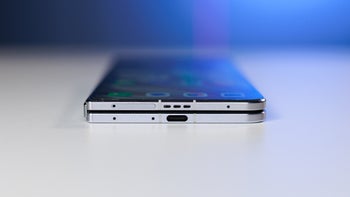
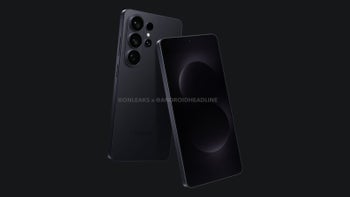
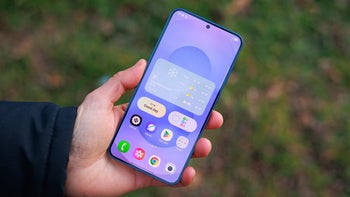
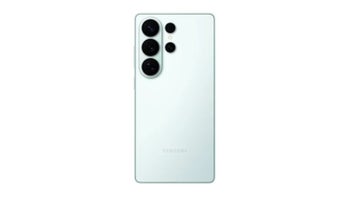

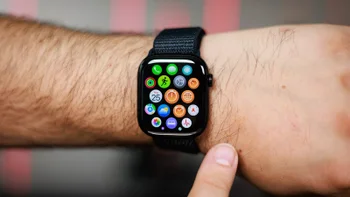
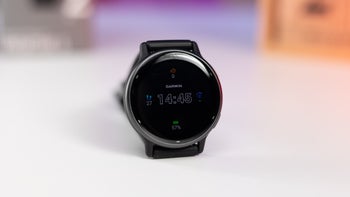
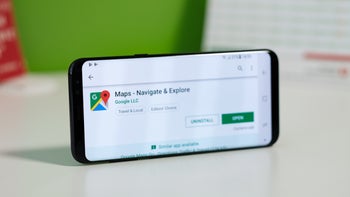
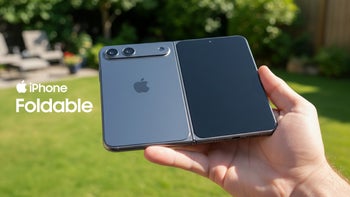

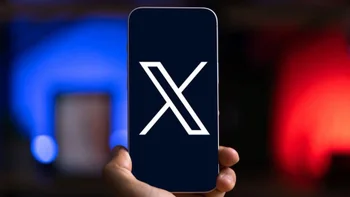
Things that are NOT allowed:
To help keep our community safe and free from spam, we apply temporary limits to newly created accounts: